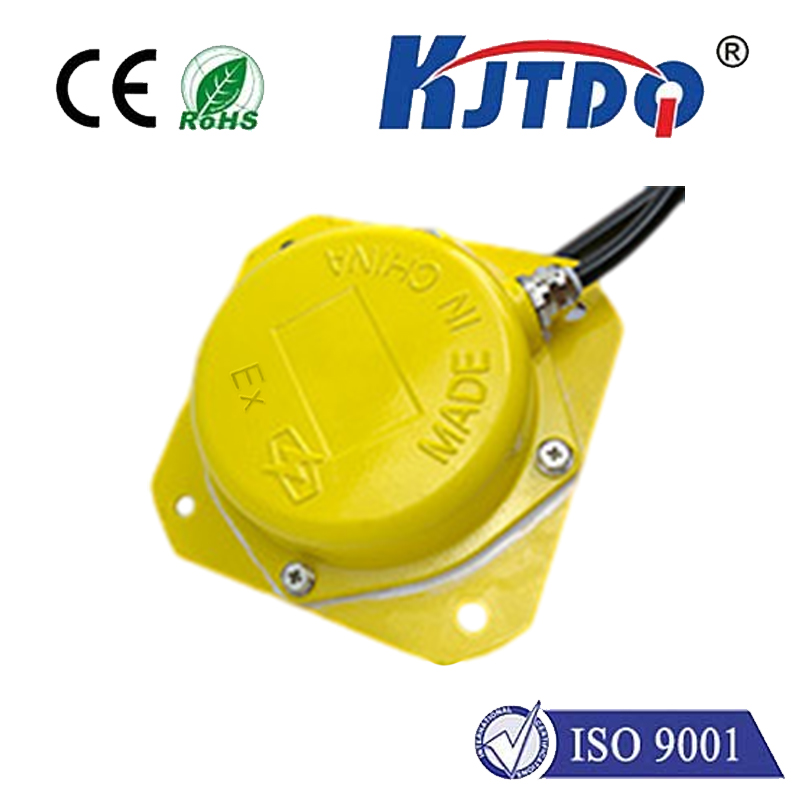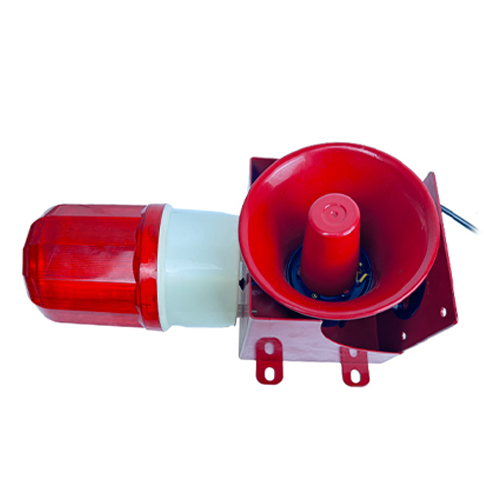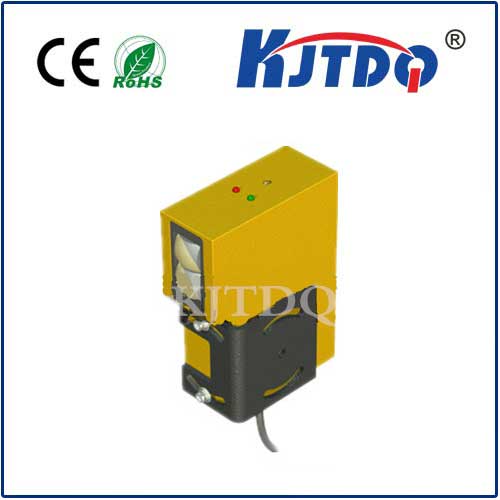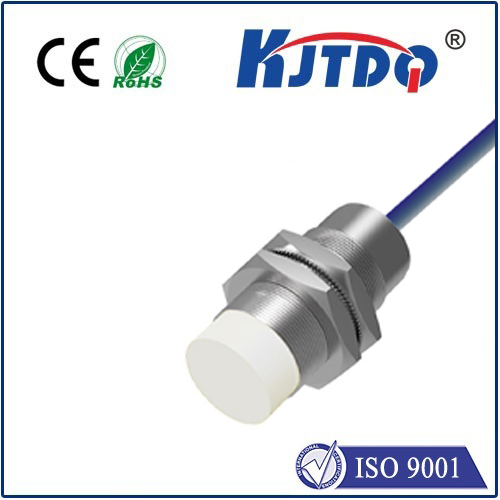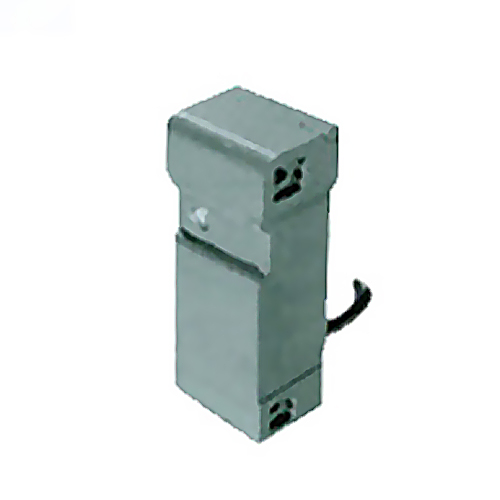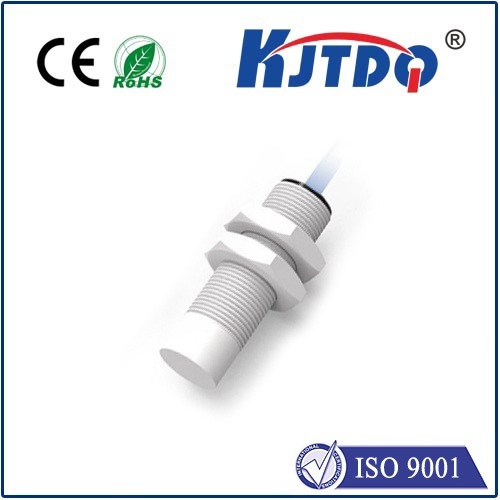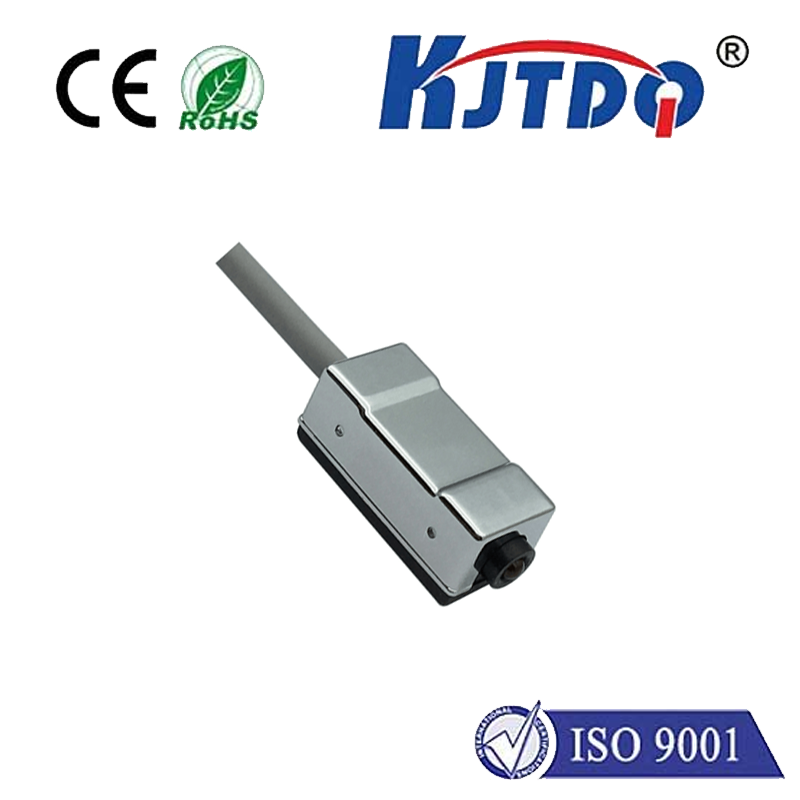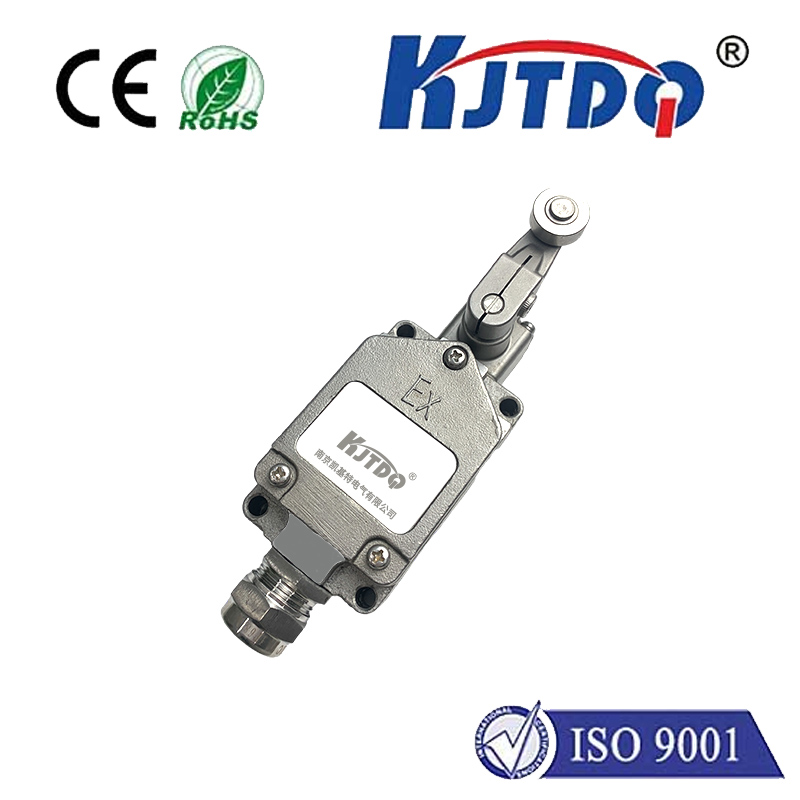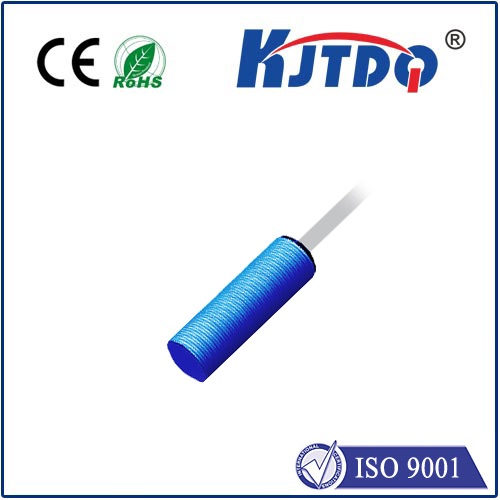

check

check

check

check
Imagine a critical point on your assembly line: components need precise positioning before a machine stamps or welds them. Manual checks are slow and error-prone; a failure to detect a misaligned part could cause costly downtime or damage. This is where sensing technology eliminates guesswork. Among the most adaptable options sits the diffuse proximity sensor, a self-contained workhorse quietly ensuring accuracy across countless industrial and commercial applications.
Understanding the Basics: How Diffuse Proximity Sensors Work
Unlike their through-beam cousins that require separate emitter and receiver units, diffuse optical proximity sensors house both the light emitter (typically an infrared LED) and the light receiver (like a phototransistor) within a single, compact housing. Here’s the core operating principle:
The Core Advantage: Simplicity and Versatility
The fundamental benefit of a diffuse reflection proximity sensor lies in its self-contained design. Only one unit needs mounting and wiring, significantly simplifying installation compared to through-beam sensors. This inherent simplicity translates into:

Key Strengths and Where They Shine
1. Detecting Diverse Materials: Unlike inductive proximity sensors (metal-only) or capacitive sensors (affected by material properties/density), diffuse optical sensors excel at detecting non-metallic objects. This includes plastics, wood, cardboard, glass, liquids (in containers), food products, and packaging materials. This makes them invaluable in industries like:
2. Color Detection (Within Limits): While not true color sensors, diffuse sensors can often distinguish between objects based on reflectivity, which correlates with color and surface finish. For instance, a white object generally reflects much more light than a black object of the same material. This capability is useful for basic sorting tasks or detecting marks/printing on labels. Sensitivity adjustment is often crucial here to fine-tune detection for different colored targets.
3. Robust Performance in Harsh Environments: Modern diffuse proximity sensors are frequently designed with rugged IP67 or IP69K-rated housings, protecting them from dust, water jets, and cleaning chemicals common in industrial settings like food processing plants or automotive manufacturing. They are typically also immune to electrical noise.
Important Considerations and Limitations
While highly versatile, diffuse proximity sensors have limitations to consider during selection:
Choosing the Right Solution
Selecting a diffuse proximity sensor requires evaluating:
Conclusion: An Essential Tool in Modern Automation
The diffuse proximity sensor remains a cornerstone of non-contact object detection. Its combination of simplicity, versatile material detection (especially non-metallics), compact size, and robust construction ensures its continued prevalence across manufacturing, packaging, logistics, and numerous other sectors. Understanding its working principle, key strengths like detecting diverse objects and packaging materials reliably, and being mindful of its inherent limitations related to range and background sensitivity are crucial for optimal implementation. When the application demands detecting the presence of objects ranging from a cardboard box to a plastic bottle reliably within a few centimeters or meters, a well-chosen diffuse proximity sensor often provides the most straightforward and effective solution.

